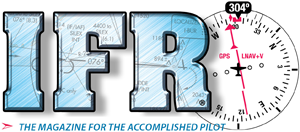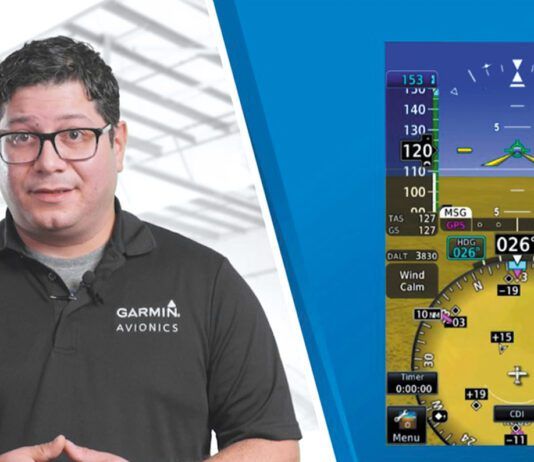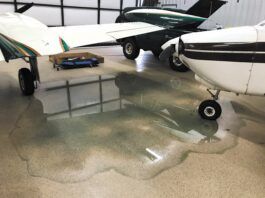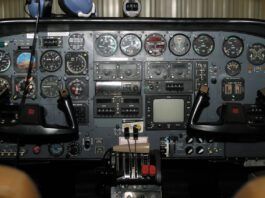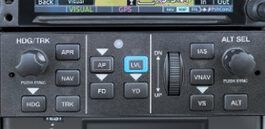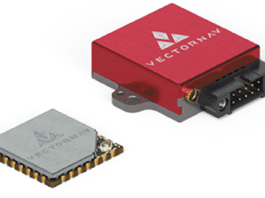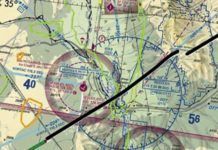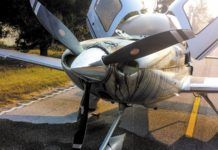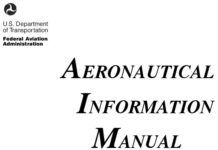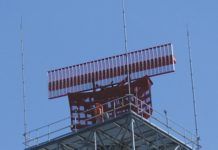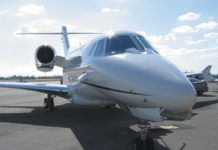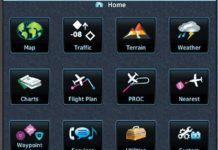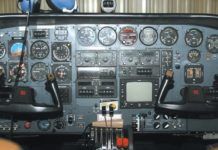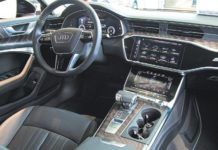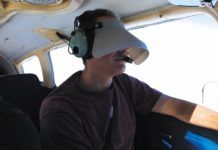Why GPS Doesn’t Work
Dark clouds are looming on the horizon of our otherwise exciting GPS future. With increasing frequency, the military is jamming or spoofing GPS over huge swaths of airspace. A typical GPS NOTAM for Albuquerque center covers a radius of 237 NM at 10,000 feet, 207 NM at 400 feet and 165 NM at 50 feet daily for most of a week. Pilots in the Southwest have become accustomed to these NOTAMs, but theyre becoming more frequent and expanding to other areas of the country.
When Things Go Wrong
It should be obvious that we never say the words, Declare, Emergency, Mayday, or Pan-Pan unless we indeed have a dire situation. These words have the potential to flip a controllers airspace upside down faster than a Vmc roll, so they should be used with discretion. Even saying Declare by itself could lead us to believe that assistance is needed, as well as Pan-Pan (Urgent condition). Because Pan-Pan is considered an urgent condition (maybe not a full-blown emergency), it has the potential to turn into Mayday (Distress) so we mostly treat it as such.
AIM Is Non-Regulatory
The Parts, Subparts and Sections of Title 14 of the Code of Federal Regulations, what we commonly call the Federal Aviation Regulations or FARs, are the only truly regulatory documents we have. These are the formal regulations adopted by the FAA. They are authorized by an Act of Congress. Sometimes the authorization is general. When created by the Federal Aviation Act of 1958, the FAA was given broad authority to issue regulations to carry out its functions. Sometimes it is specific like the Congressional mandates to increase ATP requirements following the 2009 Colgan crash or to create BasicMed.
The Payoff
However, the FAAs ADS-B installation date of January 1st, 2020 was nearly a decade away, and he faced a hostile audience. Numerous pilots seated around us hit him on point after point. The price of the transponder units. The installation and certification headache. The lack of ADS-B coverage (at the time). The overall cost-vs.-benefit scenario. They clung to the if it aint broke, dont fix it theme. The company rep did his best, but it was a frustrating battle.
Sneak in the Side Door
Before you get a contact approach, some more boxes need to be checked, starting with weather minimums on par with Special VFR and Class G airspace. AIM 5-4-25 kicks off with them: Pilots operating in accordance with an IFR flight plan, provided they are clear of clouds and have at least one mile flight visibility and can reasonably expect to continue to the destination airport in those conditions, may request ATC authorization for a contact approach.
Finding Non-Precision
As we move forward in time with the proliferation of LPV approaches, the phaseout of non-precision approaches using ground-based navaids such as VOR, NDB, and LOC-only will result in fewer and fewer non-precision approaches. Furthermore, some WAAS navigators often provide an advisory glideslope to non-precision RNAV approaches: LNAV+V and LP+V. The +V refers to the advisory glideslope. An LP (localizer performance) approach is a non-precision RNAV approach that requires WAAS. Bottom line: there is almost always an electronic glideslope lurking in the shadows.
Upgrade Confusion
A shop near me has a good reputation for quality avionics installations. Their bid came in a good deal under the bid from Executive Autopilots, but its essentially a one-man shop and that raises some potential longer-term concerns. I also have an acquaintance who flies a 340 and he recently had the GFC 600 autopilot installed by his local shop, also a high-end shop with a superb reputation and all kinds of capabilities. I had them bid it and their bid came in competitive with Executive Autopilots.
High Too Tech
Step two: Set the clock that held no resemblance to the actual time of day. I fiddled with it for a few minutes and gave up after finding myself seemingly 50 layers deep in menus. I assigned the task to my wife, also an engineer and a pilot. She even got out the manual-a separate one for the man-machine interface but after a frustratingly long time, she was also defeated.
Better than TAF?
A dmittedly, Im an unabashed geek, getting my jollies running statistical tests querying the actual NTSB relational database and publishing my aviation safety research in journals using scientific mumbo-jumbo-the majority (if not all) of which would put any insomniac to sleep in a heartbeat. That said Im also an active general aviation pilot. Here, Ill don both hats as I cover a hot-off-the-press scientific paper published in the Atmosphere journal, translating from highfalutin language into laymans English for the benefit of the general aviation pilot population.
Comparing LPV and ILS
A rriving at your destination on a dreary day, ATC queries you with say approach requested. The landing runway has an ILS and an RNAV (GPS) approach with identical LPV minimums published. Which do you choose? You would be forgiven for thinking, as we initially did, that this is a bit of an inconsequential question. WAAS has enabled satellite guided approaches to have precision comparable to Category I ILS approaches, so what difference does it make? Although true, this doesnt mean that ILS and LPV are identical in all regards.
Our Intermittent GPS Future
Various government agencies think its necessary to potentially render GPS useless throughout hundreds of square miles of the NAS nearly every single day. We who live in the West have experienced this for years. From my home in Santa Fe, NM, I get at least one, sometimes a few, notices of nearby GPS outages every week. But, more recently, those of you in the East have begun to feel more of the same pain.
BasicMed Safety Pilot
When we got BasicMed, something wed done for a long time was taken away. BasicMed applies to acting as pilot in command. But, with BasicMed youre not legal to act as a safety pilot for your buddy whos under the hood practicing approaches in VMC. So, you exercise the workaround of agreeing ahead of time that you, the safety pilot, are indeed the PIC for this flight (more on that in a moment), then youre once again good to go even with BasicMed ... if, that is, the aircraft insurance agrees. Lets look more carefully at all this.
